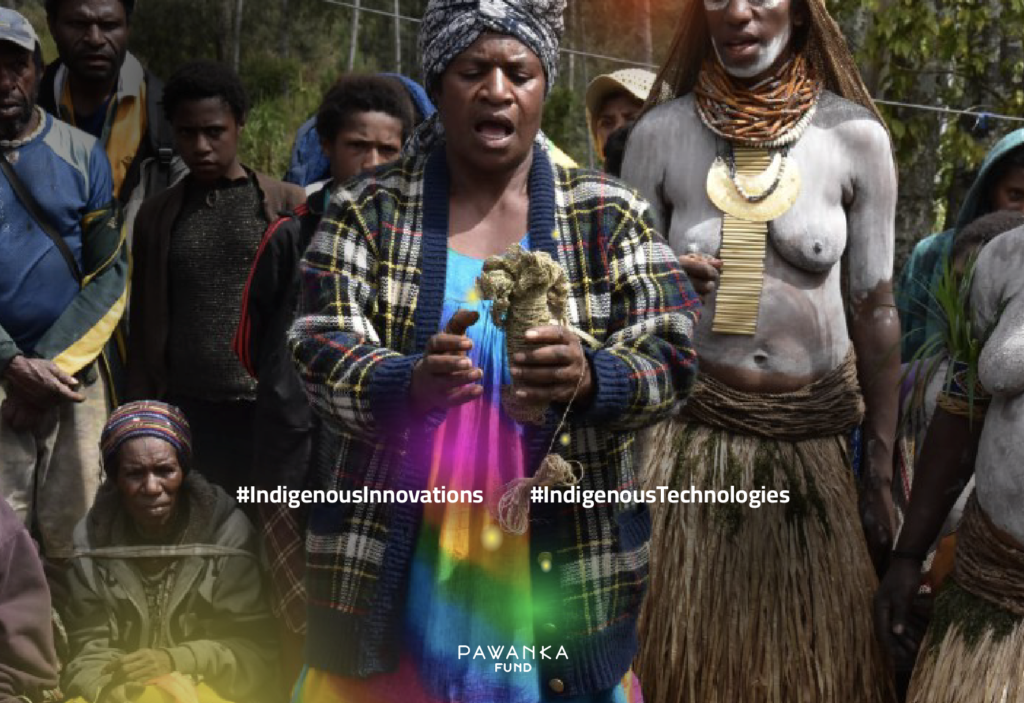Discourse concerning the importance of preserving our natural world has increased, as has the push and pull of innovation: invention, design, and iteration, but before these concepts became trendy, indigenous communities valued and practiced these beliefs.
Practical inventions, such as Inuit snow goggles carved from bone antler, the Mi’kmaq toboggan for transportation, the use of willow as an anti-inflammatory, or the application of raw bitumen to waterproof Cree and Dene canoes, demonstrate an advanced understanding of science, technology, and innovation. These fundamental principles of indigenous wisdom date back to antiquity and have been developed over more than 15,000 years.
Indigenous technology is a relatively misunderstood phenomenon. It is not about the use of technology by or for the benefit of indigenous peoples. It refers to the many ways in which indigenous knowledge is used to improve human lives: ancestral practices that have existed in various parts of the world and are still relevant and prevalent today.
Indigenous knowledge and technology have been linked since the beginning of time. The fundamental concepts of indigenous knowledge can and should underpin the development and role of technology in multiple ways.
Examples include indigenous foods and food technology that have sustained indigenous communities around the world for thousands of years. Today, they are used in a variety of ways, including connecting people to culture through culinary experiences.
In terms of agriculture and aquaculture, thousands of years ago, the Gunditjmara people of Budj Bim in western Victoria modified natural features and created series of artificial ponds, wetlands, and canal networks. These practices allowed water to flow between dams to accommodate eel farming, and they also built substantial stone structures near work sites to provide shelter from the cold southerly winds.
There is no doubt that indigenous technology and innovation is part of the daily life of their communities, and the importance of its recognition and preservation to help indigenous peoples and the world.

